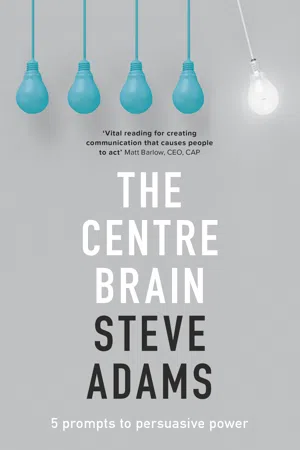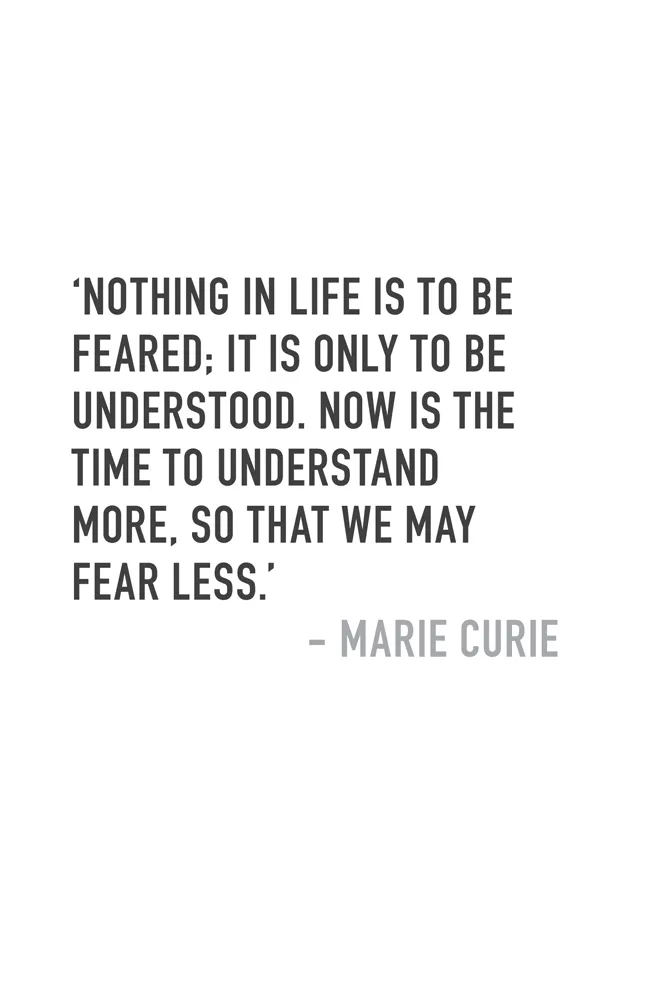![]()
![]()
1 Doors
‘I knew at the time that I’d discovered a bit of my brain I’d unknowingly depended on since birth.’
Late January 1993. An 18-year-old British youth stood on the doorstep of a terraced home in a suburban, French-speaking Belgian village. As the doorbell sounded, his pulse rose. An attractive female of a similar age answered the door. They’d never met before, though would later become friends.
Understanding little or no French, the youth recited the simple French sentences he’d spent the past week memorizing. Arriving in the country, he had been given a cassette-playing Walkman (this being the 1990s). His instructions had been simple: listen repeatedly, then memorize and mimic what you hear. Don’t try to translate individual words or phrases. Don’t refer to a French-to-English dictionary. He knew his script’s general message – but no more. He didn’t need it.
As he concluded his sentences, the girl paused, smiled and said something he didn’t understand. Hers would be the first of around 300 doors he would knock on that week, just like the other five 18-year-olds he shared a house with. As part of the language-learning project they’d signed up to, they’d pored over a map of the village and divided up the streets. By the end of the first month, each had repeated his or her memorized sentences more than 1,200 times, revisiting the same 300 homes with a new memorized and mimicked message each week.
What the British students said – their memorized message – established with homeowners who they were and why they were there: to learn French. But it was little compared to what they were about to discover – about themselves.
DREAMS
It was in my eighth week of being in Belgium – the eighth week of mimicking the same cassette tapes over and over again – that my 18-year-old self first dreamt in French. Incredibly, the dream was not about learning French. Rather, French was the language in which events in the dream unfolded. I was actually thinking in French.
Unexpected? Yes. At school the teachers had suggested I drop French before GCSEs started (which I did), having struggled so much with it. Yet after eight weeks in Belgium, I was thinking in French and beginning to instinctively speak and understand the language. I knew at the time that I’d discovered a bit of my brain I’d unknowingly depended on since birth, but had never before intentionally or knowingly engaged with.
I was learning the language, I realized, as I’d first learned English: speaking it without fully understanding the words, and using certain stimuli such as pictures which seemed to communicate with a more powerful area of the brain than before. Possibly for the first time in my 18 years, I was consciously harnessing and directing the hugely powerful subconscious area of my brain. In this book, we’ll call it the Centre Brain; it’s a system of brain structures located nearer the brain’s centre and, importantly for this book, it’s the part that prompts action.
What I realized was that the techniques we were using to learn French in this unusual way were, in fact, prompting or attracting the attention of that normally subconscious region of the brain. This excited me – because this was the action centre, the decision area. And if we could identify what prompted it, we could be much more effective in persuading people.
It was recently found that within a piece of brain the size of a grain of salt there are 100 terabytes of storage capacity. That’s the equivalent of 25,000 high-definition movies. In one salt-grain sized crumb. Clearly the ‘Centre Brain’ holds a great deal of power. But unless 18-year-old me had been forced to go door to door, would I have ever consciously known its potential, and worked out my potential to harness and use it? You and I are only aware of a small amount of what’s happening in our brains right now. When you see a film, you’re consciously aware of those 90 minutes, behind which is months – or years – of unseen work. This book is a backstage pass, behind the scenes of what you’re aware of, to your subconscious Centre Brain, to the place where action is prompted and your persuasive potential unleashed.
But how do we learn the ‘language’ that prompts that action-generating Centre Brain area? Although that part of the brain is always active subconsciously, how do we intentionally awaken and mobilize it in others when we’re trying to influence and persuade, harnessing it for our specific purposes?
DISCOVERIES
One of the obstacles to consciously harnessing and prompting this power centre of action in yours – and others’ – heads is the bilingual nature of our brains. If you’ve seen the Disney film Inside Out, you’ll know about Riley, the little girl who has many and varied mini-characters in her head. Each one is responsible for a key area of her personality – anger, hope, happiness and so on.
Brilliantly (and for some, scarily), in your head and mine, there’s a similar arrangement: one part of our brains is responsible for reaching conclusions, the other for prompting action. They work together – the conclusions branch (the Outer Brain) advising the action branch (the Centre Brain).
In Inside Out, the characters in Riley’s head are very different and often struggle to understand one another. It’s the same with us: the two parts of our brains are awoken by different languages. And, as I experienced in Belgium, when different languages are spoken but not mutually understood, making things happen becomes difficult. This book introduces the brain’s two languages. It reveals that the Centre Brain’s action function can only be intentionally harnessed and directed when someone uses the right language, or set of prompts.
In 2004, I visited the Sahel region of West Africa. A satphone was our only connection to home or help while we were there. And it worked only when the user found the satellite and pointed the phone directly at it. Move your head a few degrees one way or the other, and communication was broken. Speakers or communicators who fail to use the language of the Centre Brain fail to prompt it to action. They may only be a few degrees off but, like the satellite in space, that part of the brain requires a signal it recognizes for it to be activated and directed.
Finding the satellite in space, before using the satphone, meant standing with the device angled in different directions, hoping you’d strike lucky. Persuading someone – or their Centre Brain – to respond can feel like that: make loads of attempts, and hope one strikes lucky. This book narrows it down, revealing what those prompts are.
A PROMISE
As you read on, various things may begin to make sense. Why, for example, some speakers, bloggers and books you’ve come across connect with you and make you want to respond. And importantly, why others don’t.
In communication terms, if you’re in an interview trying to persuade someone to employ you; convincing your girlfriend, boyfriend or spouse that you should both go skydiving; telling a story to an audience of sceptics in a way that begins to change their views; or writing a proposal that you hope will be met with a big green light, then allow me to make you a promise: this book won’t offer you a one-size-fits-all magic button to press whenever you need to inspire people to action. It will do much, much more. By giving you understanding, it will enable you to create the ‘magic button’ suited to the situation, whenever you need to inspire people.
Imagine for a moment a place where all communication (written and spoken) is effective and action-inspiring. Let’s call it ‘The Kingdom of Great Communication’. You may know, from techniques you’ve tried, what it’s like to peer longingly through the window but remain an outsider of that kingdom. By allowing you to understand the language, or prompts, that stimulate action, this book gives you the keys to that communication kingdom.
What you do with them is up to you . . .
![]()
![]()
2 The point is to understand
‘If you‘ve felt frustration at not quite being able to persuade, the answer is here: understand the prompts which stir the brain to action.’
My uncle learned an important lesson the hard way: he was at a party, standing in a circle with a group of old friends, when a couple they hadn’t seen for years joined them. Spying the lady had a bump, he instinctively reached out and gently hovered his hand over it. ‘Congratulations! When’s it due?’ he asked. All talking ceased as the group awaited the reply. (If ever a man needed a shovel and advice on digging a hole, fast, it was now.) The lady offered an apologetic explanation that she wasn’t, in fact, pregnant. Her husband, attempting to ease the silent awkwardness (though I suspect unintentionally adding to it), added, ‘Don’t worry – it’s not the first time that’s happened!’ My uncle had presumed that what he believed to be true would therefore also be true for those he was communicating with.
Becoming a more persuasive ‘version’ of yourself doesn’t start where you instinctively think it does – with what you know or think will generate the response you seek. Just as someone at Alcoholics Anonymous begins with acknowledging helplessness, so persuasiveness begins with acknowledging the limits of your own knowledge. The reason this is so important is because persuasiveness happens outside you.
IT’S ALL ABOUT THE LANDING
Persuasiveness starts with where your communication will land, not where it takes off from. When we flew into La Paz airport, Bolivia, it seemed as if the plane would go off the end of the runway – the normal slowdown after landing was delayed. Because La Paz airport is one of the world’s highest, the air is very thin. The oxygen tanks awaiting passengers with altitude sickness testify to this, as does the length of the runway – a staggering 2.5 miles. Before a plane takes off for La Paz, it must be readied for landing: special tyres capable of withstanding such fast, long landings are fitted.
Advertising guru Leo Burnett framed the take-off/landing question like this: ‘The space you should be concerned about is not the space on the paper in front of you but the space in the prospect’s mind.’
Effective persuasion begins not with systems or methods for ‘take-off’ (e.g. the importance of a great opener with a statistic and a story). Instead it starts by looking at the landing: where does what you say need to land to prompt action? If you don’t shape your communication for landing, it’ll be like a plane polished for take-off, but not fitted with the right tyres for the intended destination.
The language of the Centre Brain isn’t words. This means that crafting an eloquently worded script, while important, isn’t what will make your communication land well or prompt action.
HARNESSING A DREAM
The reason persuasion isn’t as natural or instinctiv...


